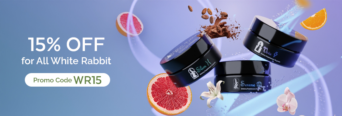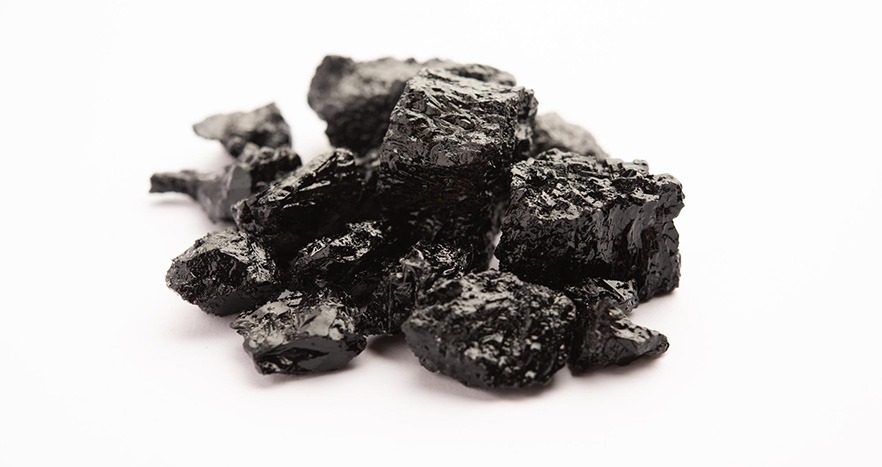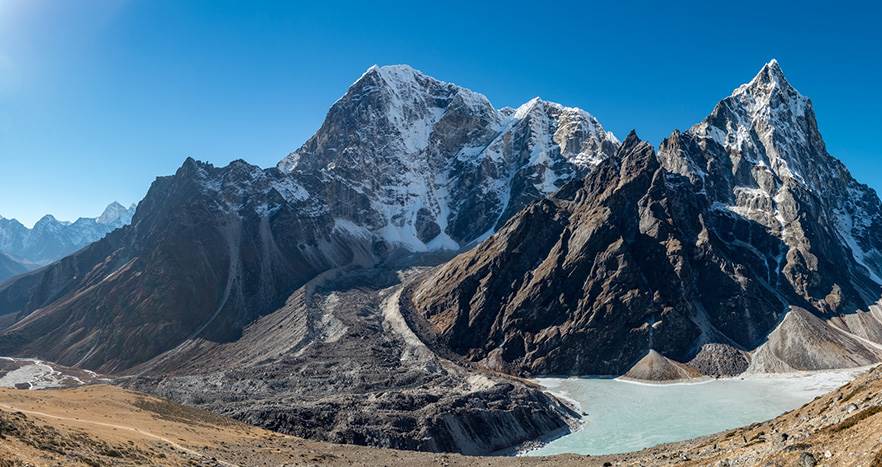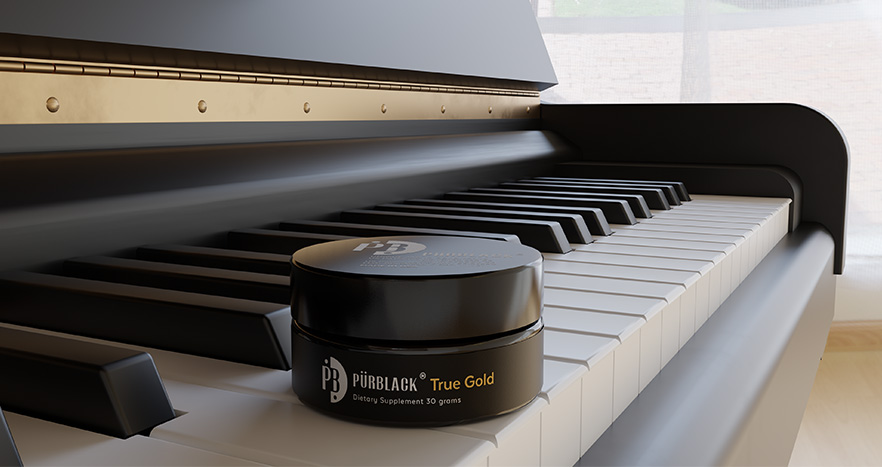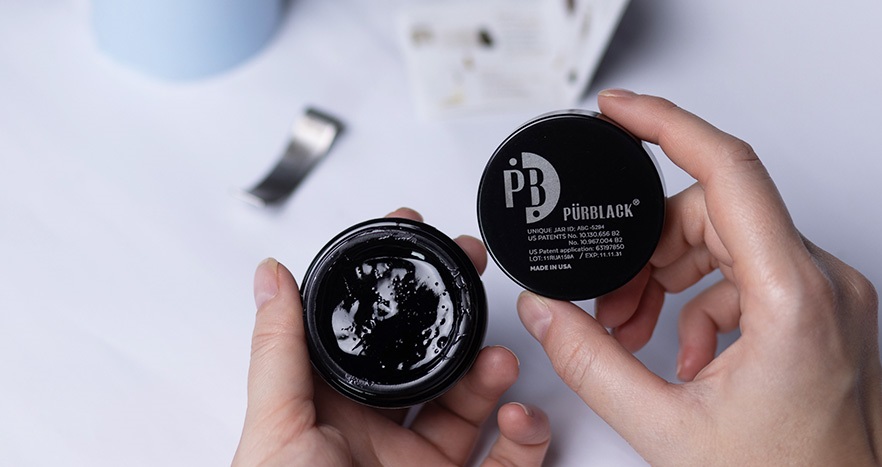People take shilajit for many reasons. All of which driven by the desire to achieve optimum health and wellness for themselves and for people they love. However, it pays to know the difference between shilajit powder vs resin form.
Shilajit extract can be a powerful addition to modern diets and stressful lifestyles. For one, research shows that the nutritive value of crops has been in constant decline in the past several years [1]. Shilajit is packed with nutrients derived from lignin and phyto-complex from once-living plants. Meanwhile, its energy-boosting [2], antioxidant [3], and anti-inflammatory [4] properties add to the anti-stress effects of shilajit.
However, not all shilajit is safe and can cause more harm to your body. No less than Dr. Mary L. Hardy, medical director at Simms/Mann UCLA Center for Integrative Oncology, made that point in an interview with the Los Angeles Times. She says she would personally try shilajit but, ”I would ask to see validation of safety testing for heavy metals first.” [5]
Below are three other top reasons why you should care about the quality of shilajit you’re getting:
- Personal safety. Take purified shilajit only. Raw shilajit is exposed to environmental factors in its natural environment. Other than heavy metals, you should also be concerned about impurities including harmful microorganisms and dirt.
- Potency. You may be getting shilajit regularly. But, how well does it meet your daily requirements for added nutrition? While that will be different for many people, your shilajit must be able to meet a certain threshold to help create any positive benefit to your overall health and well-being.
On the other hand, the purification process for shilajit can affect the quality of the final product. So, you must also pay attention to how shilajit is processed too.
- Shilajit presentation. In its most natural, unprocessed state, shilajit extracted from shilajit-bearing rock will be in resin form. Now, you’ll be surprised why most of the shilajit you’ll find in the market is in powder, pill, tablet, or tincture forms.
These are forms of shilajit that give you a clear indication that shilajit has been subjected to extreme manufacturing processes. It also indicates that shilajit was most likely adulterated with additives in an attempt to hide the substandard shilajit inside. In fact, many of the shilajit products out there do not even contain shilajit at all.
What is Shilajit Made Up Of?
Shilajit is also known as mineral pitch resin. In cultures that have traditionally been using shilajit, it goes by many names. Mumie, moomiyo, and mumio are the best-known terms.
Shilajit is formed when structural components of highly potent herbal plants undergo various stages of decay and mix with the soil. What makes that combination special is that decomposition happens at locations defined by a specific mix of environmental factors. This process usually takes place at very high altitudes.
It takes at least 40 years for high-quality shilajit to be formed [6]. Contrary to popular belief, shilajit may be formed in many places around the world. Where air pressure, temperature, plant varieties, and other environmental factors are ideal, shilajit bearing rock develops.
Shilajit Extraction
Shilajit bearing rock is meticulously harvested by hand. For many other shilajit manufacturers and sellers, the origin of raw shilajit is played up for marketing gains.
The popular narrative oversimplifies what should be a rigorous process of grading the rejuvenating potential of shilajit. In effect, immature shilajit is extracted. Substandard products that exhibit little or no potency at all are produced as a result.
At Pürblack, we prioritize testing for shilajit quality rather than the location where our shilajit is extracted. We have pre-identified standards to look for in our sources. Testing begins long before we start extraction.
Processing Shilajit Extract
A proper manufacturing process must be in place. This process must have two major considerations:
- Purification that rids raw shilajit of impurities that make it safe for oral intake.
- Purification that keeps shilajit’s health-giving properties intact.
Most powdered forms of shilajit will highlight its shilajit extract fulvic acid content. But, that’s not all there is to this famed rejuvenator. It is composed of substances that give it multiple health-giving properties. It contains catalysts that boost energy [7], powerful antioxidants, and compounds that have anti-inflammatory effects, among others.
Traditionally, raw shilajit is boiled under high temperatures to purify it and make it safe for human consumption. In ayurvedic customs, this process is done by boiling shilajit with a herbal concoction known as triphala. This is a combination of three powerful herbs — Amalaki, Haritaki, and Bahera.
These herbs are used with the goal of bringing down the amount of heavy metals that are naturally present in raw shilajit. However, this traditional method is not really effective in purifying shilajit. It becomes dangerously deceptive most especially when shilajit is of substandard quality to begin with.
This process is somehow effective in clearing shilajit of impurities. However, subjecting shilajit to high heat over a prolonged period causes it to lose its beneficial properties.
Over-processing shilajit can compromise health-giving substances. That includes fulvic acid, humic acids, glycine, and loads of essential nutrients. The shilajit presentation you’re getting indicates how extensively shilajit has been processed.
Why should you choose only shilajit resin?
Extensively processing shilajit forces it to undergo complex chemical changes which change it completely. That means, there are likely more additives and fillers in it than shilajit itself. Such is the case in making shilajit extract powder.
Shilajit resin is the least processed form of shilajit. Even then, not all shilajit resin sold in the market is made using the same techniques.
Pürblack uses a patented (US 10130656B2) safe and low-temperature procedure to purify raw shilajit. Pürblack owns this technology. Beware of what we believe are counterfeits and products like Pure Himalayan that claim to be processed using this low-temperature technique. This patent is complemented with another patent for proper dosing of shilajit resin (US9903747B2).
The procedure used to make Pürblack involves keeping shilajit at ideal temperatures from the moment it is extracted from its natural environment up to the choice of packaging. Listed below are just three of the reasons that make this patented procedure uniquely special:
- The process involves slow heating at 39 degrees Celsius or less rather than boiling shilajit. This helps keep most of the beneficial nutrients of shilajit intact.
- Shilajit is also subjected to dehumidification. This involves removing excess moisture so that the resin becomes less likely to be inhabited by harmful microorganisms.
- Pürblack is also subjected to a proprietary combination of soundwave frequency and magnetic field pressure. This further enhances shilajit quality and guarantees an indefinite shelf life.
Benefits that can be derived from a smaller quantity of shilajit resin can be worth the equivalent of shilajit powder taken in bulk. Why?
Shilajit Resin vs. Shilajit Powder
You must appreciate how difficult it is to acquire authentic sources of shilajit. Authentic shilajit is hard to find. It is expensive. As demand for it rises, so too does its price. That’s why many makers and sellers would rather sell shilajit in pills, capsules, tinctures, and powders rather than in its natural resin form.
What is shilajit powder?
Shilajit powder is made using a combination of mechanical and chemical procedures. That typically involves any combination of the following:
- Grinding
- Dissolving it in a liquid solvent
- Boiling
- Filtering to remove insoluble impurities
- Drying
- Mixing with chemicals, additives, and preservatives that turn it into powder
In many cases, shilajit is processed with methanol [8]. This is done to recover the beneficial components of shilajit that end up dissolved in a liquid agent. This isn’t unusual. Methanol is used in a wide array of industrial processes — even in manufacturing food products!
But as you may already know, methanol is hazardous to human health. According to the CDC, exposure to methanol via oral route can result in the following: [9]
- Neurological side effects such as headaches and seizures
- Gastrointestinal side effects, including nausea, vomiting, and liver dysfunction
- Ophthalmologic side effects, such as visual hallucinations and total blindness
- Either palpitation or low heart rate
- Muscular atrophy
Still, many other products presented as shilajit consist of nothing more than soil components. It’s important to remember that it will be almost impossible to distinguish these kinds of products from real shilajit judging only by their mere appearance. Although there are tests that can be done to check if you’re buying authentic shilajit.
Pros and Cons of Shilajit Powder vs Shilajit Resin
Clearly, the resin form is superior when comparing shilajit resin vs. shilajit powder. The caveat is that the properly prepared resin must have undergone a safe, scientifically proven process of purifying raw shilajit. All this while keeping its good components intact. So, we’ll specifically focus on the qualities of Pürblack Live Resin here.
The table below summarizes the pros and cons of Pürblack shilajit resin vs. powder:
| Pürblack Shilajit Resin | Shilajit Powder | |
| Pros |
|
|
| Cons |
|
|
Here are other important reasons why shilajit sold in powder forms are highly questionable:
- When authentic shilajit is processed into powder form, it will soon turn into a lump. Genuine shilajit is hydrophobic. This is why serious shilajit manufacturers do not turn it into powder.
- Due to extensive processing, shilajit powder mostly consists of soil extracts. Hardly any good, natural shilajit components are kept intact in their final form.
- The majority of powdered shilajit suppliers are based in China. They use locally sourced shilajit. The sad fact is that there isn’t any place in China where genuine, high-grade shilajit can be extracted.
Pros and Cons of Shilajit Resin vs. Other Forms
Shilajit tablets, pills, capsules, liquid, and tincture forms are not real shilajit. These are produced with soil impurities just like powdered shilajit.
All of these forms share the same advantages vs. shilajit resin. These are all easier to dose. They are all more convenient to take. It’s easier to bring them with you when you’re traveling.
However, convenience comes at a high price. Shilajit forms other than resin are either low quality or counterfeit.
It is highly counterproductive to produce shilajit powder, shilajit tincture, or shilajit capsules. Subjecting raw shilajit to such a long process requires more resources. It is absolutely shocking how they can sell it at a cheaper price compared to shilajit resin. It makes you wonder if there’s any genuine shilajit left in there at all!
It is economically cheaper and more reasonable to deliver shilajit in resin form. After all, shilajit resin is closest to its natural state.
How to Tell Apart Good from Bad Quality Shilajit
Makers and marketers of shilajit tablets, powders, liquids, and any other form are banking on people’s increasing health-consciousness. They are preying on people who have never heard of shilajit or don’t know what shilajit is.
Whether you’re already taking shilajit or planning on taking it, we suggest you learn as much as you can. Ask your shilajit supplier for proof of authenticity.
A serious manufacturer with nothing to hide can easily provide you with a Certificate of Analysis. This will indicate that the shilajit you’re buying is genuine and rid of impurities. It must also disclose details of the third-party laboratory that performed the tests.
Buy only high-quality shilajit resin to enjoy the many health and wellness benefits of shilajit. Your body is your responsibility. Whatever you are putting inside will definitely have positive or negative consequences in the long run.
| Shilajit Resin Pros | Shilajit Resin Cons |
| Less refinement than powdered or solid form. | Has a strong flavor. |
| No buffers or fillers were added in. | There’s a wait time while you dissolve it in warm water. |
| Highly bioavailable and easy to absorb. | Lasts a very long time if stored away from heat, oxygen and sunlight. |
The properties of shilajit are affected by the method of production. When making powder, the raw material undergoes intensive processing, which completely changes the structure of the shilajit and concerns its properties. Many fillers are added to it. Such a product is not genuine and healthy.
Shilajit resin is the least processed form of shilajit. Not all shilajit resin sold on the market is made using the same technology.
Authentic Shilajit is hard to find. It is expensive. As demand for it rises, so too does its price. That’s why many makers and sellers would rather sell shilajit in pills, capsules, tinctures, and powders rather than in its natural resin form. Shilajit tablets, pills, capsules, liquid, and tincture forms are not real shilajit. These are produced with soil impurities just like powdered shilajit. Shilajit resin is closest to its natural state.



